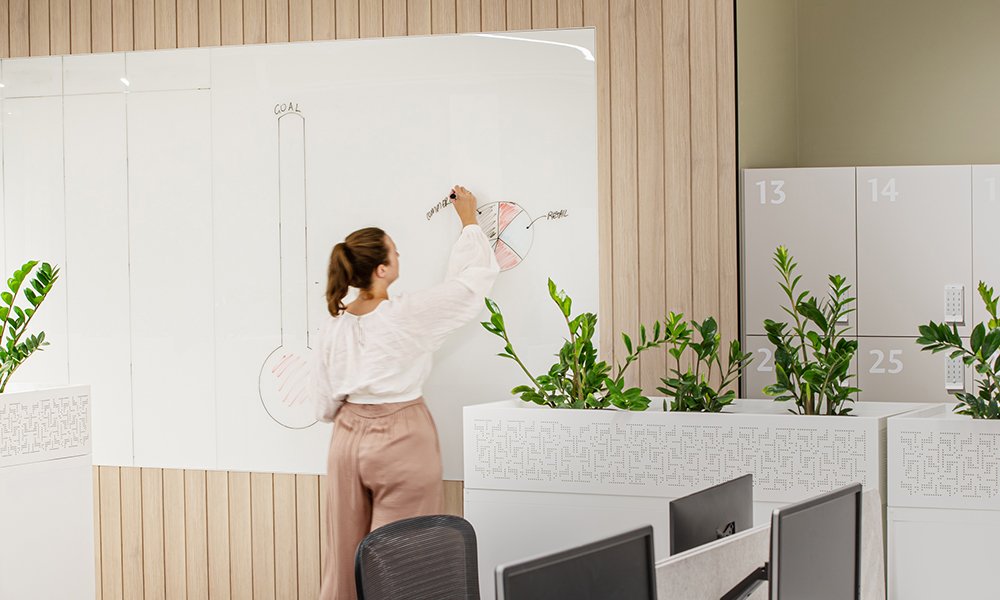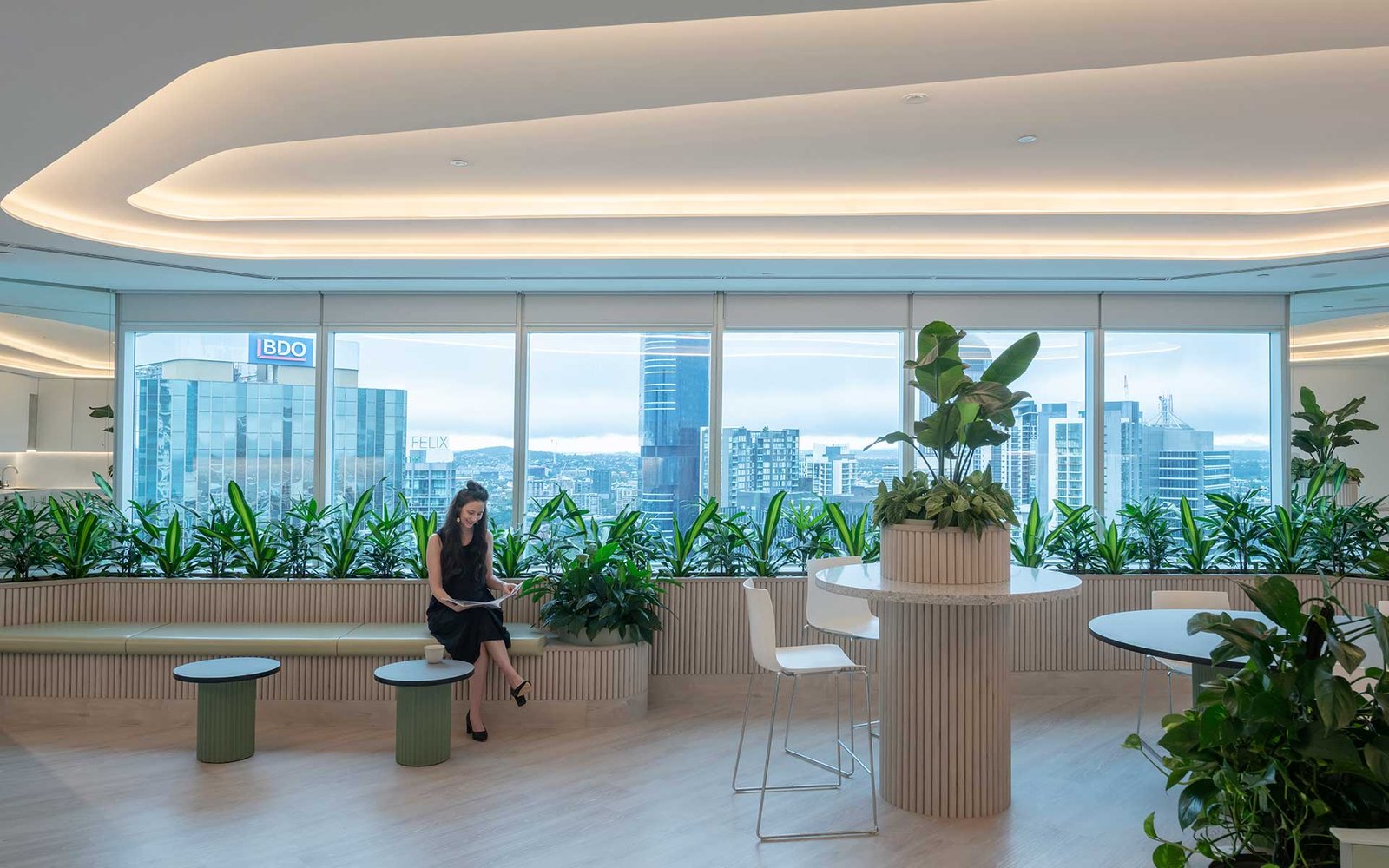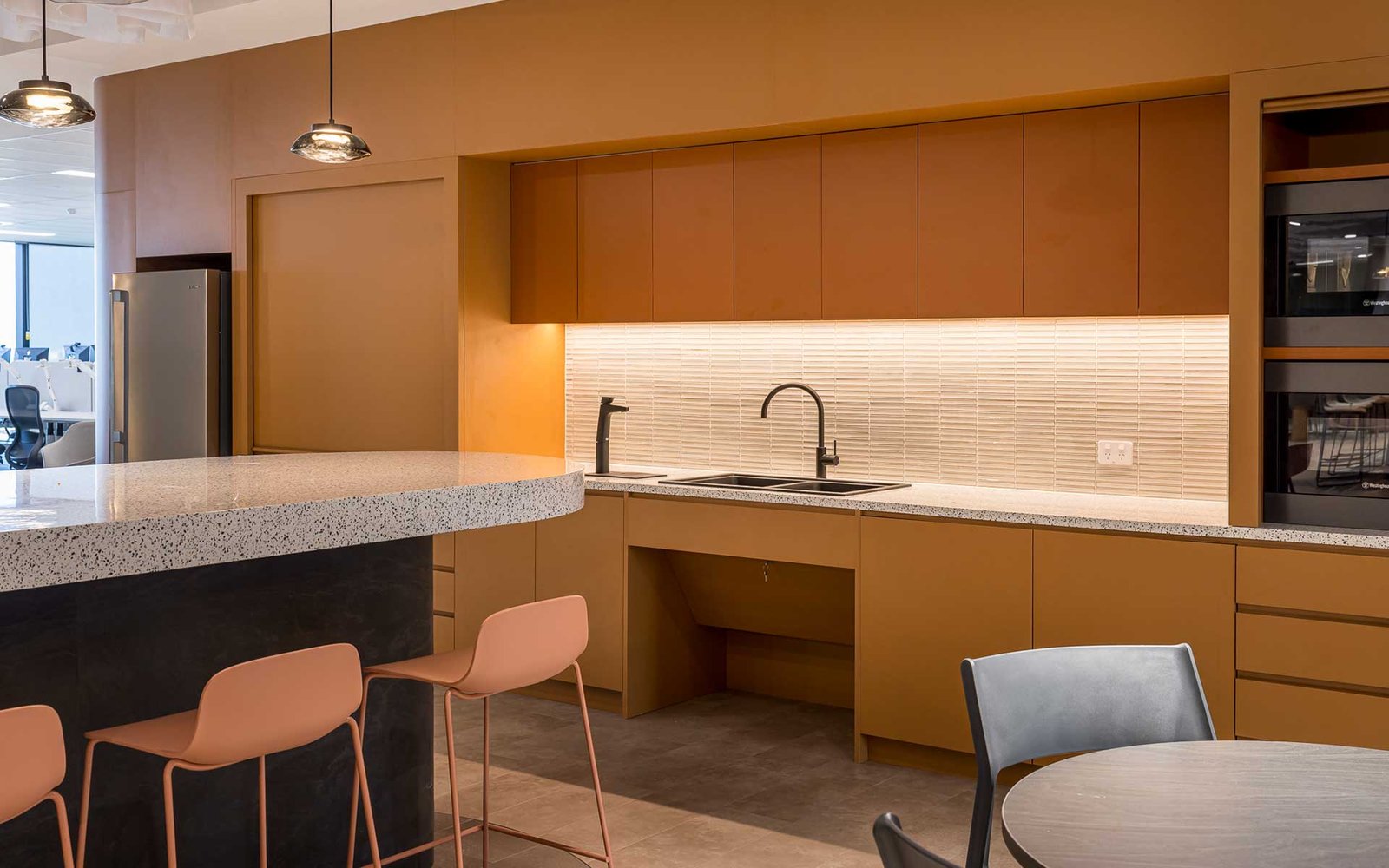When designing a workspace that involves accessibility and inclusivity, a multifaceted approach is paramount. Physical environments should prioritise features like ramps, elevators, and adjustable furniture to accommodate individuals with diverse mobility requirements. Ergonomic considerations, such as customizable desk heights and seating options, cater to the varying needs of employees.

Technological inclusivity is equally crucial. Implementing assistive technologies like screen readers, speech recognition software, and ergonomic keyboards ensures that all employees can engage fully in digital tasks. Additionally, creating digital content and interfaces with accessibility standards in mind contributes to a more universally usable workspace.
Interior design that fosters an inclusive culture involves promoting awareness and sensitivity. Training programs on disability etiquette and unconscious bias can cultivate an environment where all employees feel valued and respected. Encouraging open communication and providing channels for feedback allows the organisation to continually refine and improve inclusivity initiatives.
The accessible and inclusive workspace is one that not only accommodates diverse needs but also celebrates the unique strengths everyone brings to the workplace, fostering a culture of equality and belonging.





